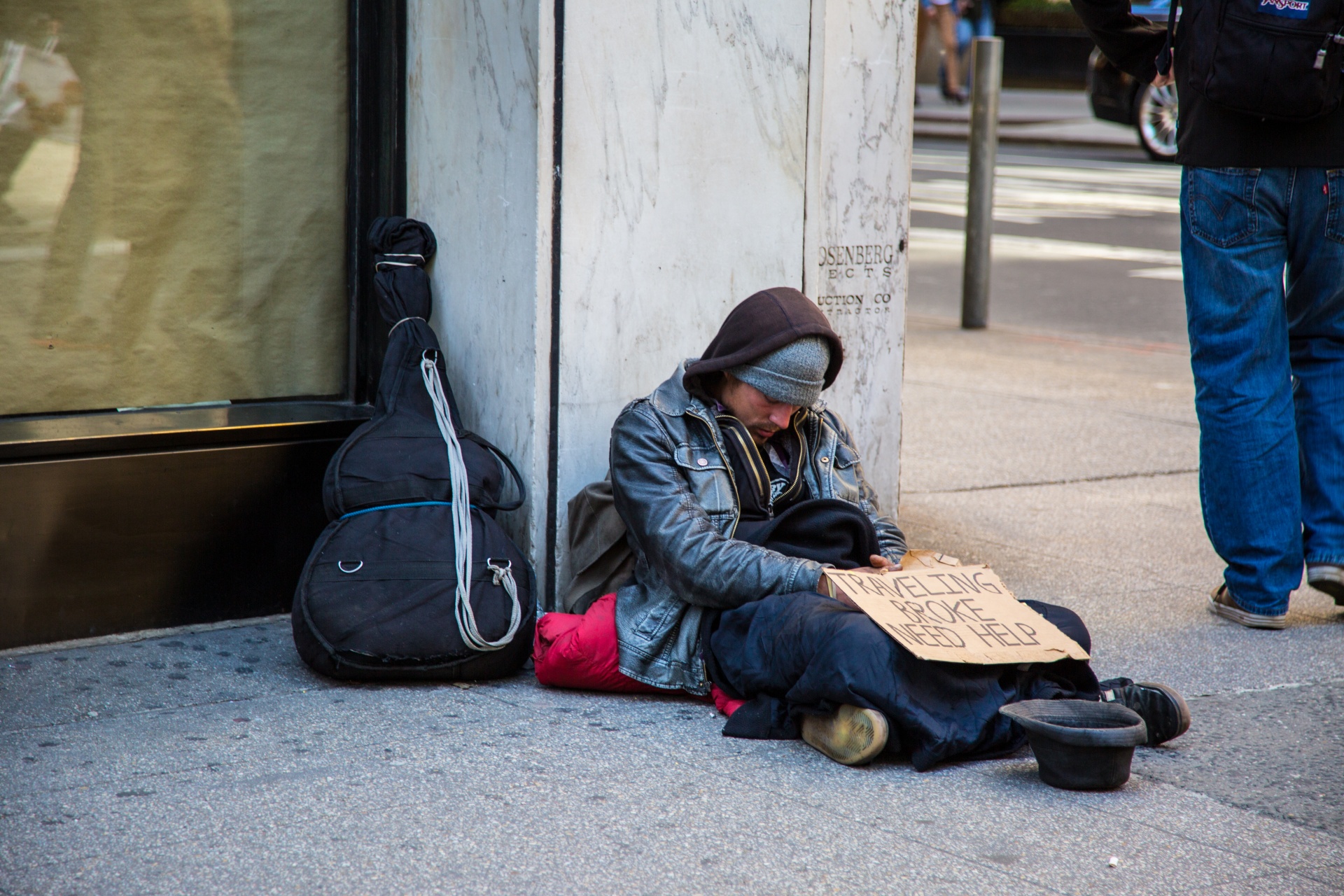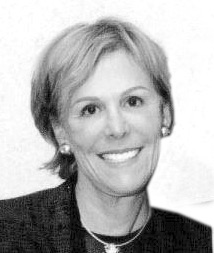 Photo from Public Domain Pictures
Photo from Public Domain Pictures Flashlight — check. Map — check. Safety rules — check. Police phone numbers — check.
Our four-person team jumped into the SUV and took off. No, we weren’t going on a wilderness trek. Our mission was to count the homeless — in Beverly Hills.
My journey through dark alleys that I didn’t know existed began when I received an email in early January from The Jewish Federation of Greater Los Angeles asking for volunteers to join the Los Angeles Homeless Service Authority (LAHSA), which each year conducts a three-day mission to count our homeless neighbors across Los Angeles. Knowing how many homeless people live throughout the county factors into how much funding is needed for community services. An important and sensible reason, but I was just curious — who are the homeless? Where do they sleep? Are there many children living on the streets?
As the lead agency for the regional planning body that coordinates housing and services for homeless families and individuals in Los Angeles County, LAHSA manages more than $243 million annually for programs that provide shelter, housing and services to homeless people in Los Angeles city and county.
The count has four components: a street count; a shelter/institutional count of those who are in shelters, transitional housing, hospitals and correctional facilities; a demographic survey; and a youth count of unaccompanied and unsheltered youth and young families younger than 24 years who are experiencing homelessness.
The project resonated with me as a Jew and as a retired clinical social worker who believes that each person has merit and that we are obligated to help those in need. LAHSA believes that “everyone counts.” In Judaism, we believe the same.
I signed up for the street count along with my daughter Elana and our friend Maor with no idea what to expect or where we would be assigned. I had visions — and I think hopes — of walking streets and freeway underpasses looking for and communicating with individuals and families. Instead, our team of four was assigned to — OMG — my neighborhood. My desire for adventure was unfulfilled but the anxiety that accompanied that desire diminished.
The project resonated with me as a Jew and as a retired clinical social worker.
The night began with a training session in City Hall. Looking around the room of volunteers, I was the oldest at age 73. The professional task force in front of us was impressive. Two licensed clinical social workers, police officers and para-professionals. I felt pride that our affluent community cared about the homeless. The presentation displayed great respect for the homeless — for instance, they never force or put demands on anyone to go to a shelter. They are ready to assist any person or family who is ready to accept help. We were told more than once that we shouldn’t intrude if we encounter a homeless individual or enclave. Remember, whatever it looks like, it is still their home. Respect. Human dignity. These words spoke to my humanity, my Jewish values.
And so we set out with flashlights, a map, paper and pen, and tags to wear with emergency phone numbers. Combing a 2-mile radius up and down 10 streets, 30 blocks, and 15 dark alleys; canvassing construction sites and empty lots; we were looking for the telltale signs of the homeless. We were to scrutinize collections of stuff, very large cartons, vans or cars with blankets covering the windows, shopping carts and waste materials.
Maor drove his SUV, I navigated and Elana and a young man sat in the back seat peering out the windows using their flashlights. After several hours of driving the dark alleys and streets, we spotted just one van — an old black-and-white VW van near a construction site. The windows were partially covered, stuff was inside — possibly somebody lived there. We noted this finding.
That such an organized effort took place in an upscale neighborhood impressed me. Over three nights, the 2018 greater Los Angeles homeless count drew 8,608 volunteers to 166 deployment sites, the full findings of which are yet to be tallied. The Beverly Hills effort found 15 homeless individuals, one makeshift shelter and one van.
Los Angeles is sending a message to the homeless, wherever they may live, that they all count.
Ada Horwich is active in The Jewish Federation of Greater Los Angeles and serves as a founding board member of the Jewish Democratic Council of America.





















 More news and opinions than at a Shabbat dinner, right in your inbox.
More news and opinions than at a Shabbat dinner, right in your inbox.